-
The Sagrada Familia is NOT a Cathedral
Often mistakenly called a cathedral, perhaps because of its size. It may surprise you to learn that the Sagrada Familia is not a particularly important church, as churches go. Today visitors overlook the imposing and classically gothic Barcelona Cathedral in favour of Gaudi’s bizarrely beautiful church. A cathedral (in Roman Catholic terms) is the principal church of a diocese containing the cathedra, the bishop’s throne. The Sagrada Familia has no seat for the bishop, in fact, it was only relatively recently consecrated by Pope Benedict XVI in 2010.
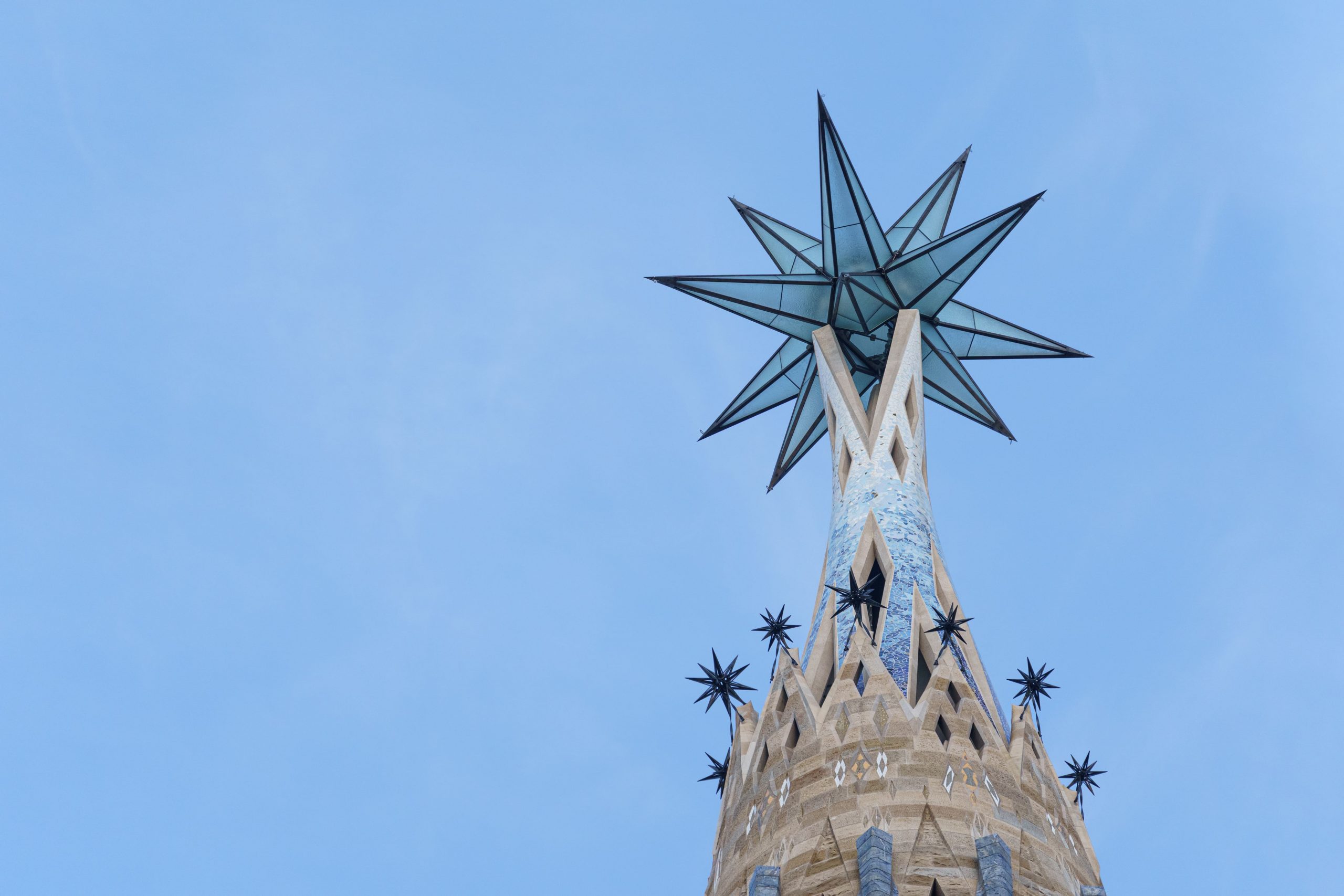
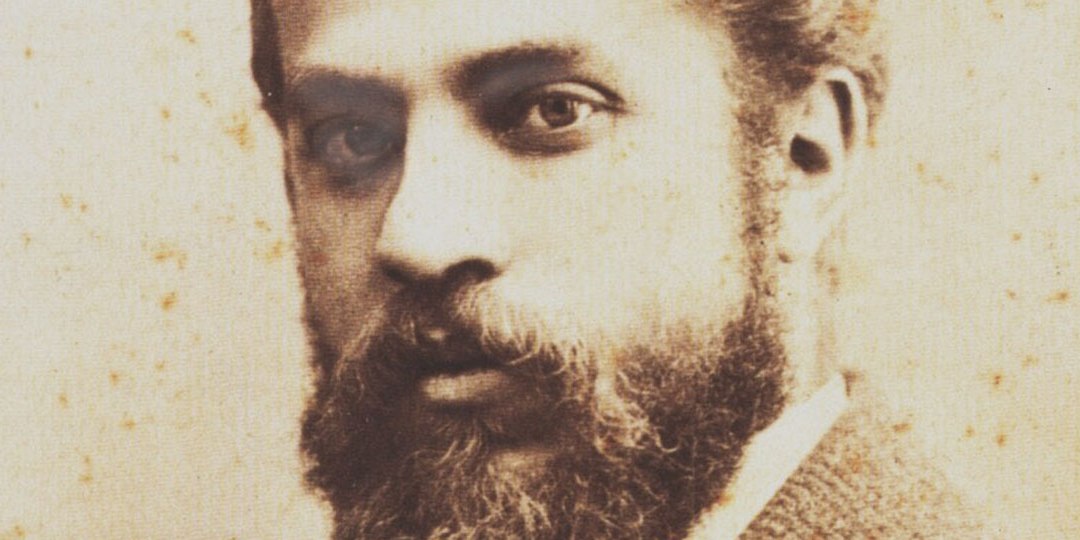
-
The famous Antoni Gaudi was not the original architect.
Have you heard of Francisco Paula del Villar? He was the original architect of the Sagrada Familia! Del Villar, a prestigious architect was given the project in 1877. He was no doubt chosen because of his high standing as president of the Association of Architects, director of the Higher School of Architecture and the official Diocesan Architect. He started work on the Sagrada Familia in 1882, completing only the crypt before quarrelling with another architect and abandoning the project in 1883.
-
CAPTION: Church of San Felipe Neri
God’s Architect
Religion has played a complex role in the history of art and architecture. Many a genius has claimed their vision was a divine gift. Michelangelo was convinced God had given him the power to unleash the human form from marble, likewise Antoni Gaudi was driven by his faith and the miracle of nature; his architecture is an expression of his commitment to God. When concerns were raised over changes to the design and delays, Gaudi famously said “My client is in no hurry”. Everything about the Sagrada Familia is steeped in symbolism; the design taken from nature’s blueprint to the 18 spires, representing the Apostles, the Evangelists and finally Mary and Jesus. Gaudi was firm in his belief that man’s work should never rival that of God, the spire dedicated to Jesus will make it the tallest church in the world, but not taller than nature. He expressly made the spire five metres shorter than Barcelona’s tallest peak, Montjuic!
At the end of his life Gaudi was consumed by his never-ending project, living like a hermit in the building site of the Sagrada Familia. He only put down his tools for his daily visit to his favourite church San Felipe Neri, where he was headed when he was killed by a tram in 1926. There have been several requests to beatify Gaudi, that is to make him a saint. As yet the Catholic church is unconvinced that he achieved a miracle, hopefully they will change their minds when they see Barcelona’s most famous church is complete!
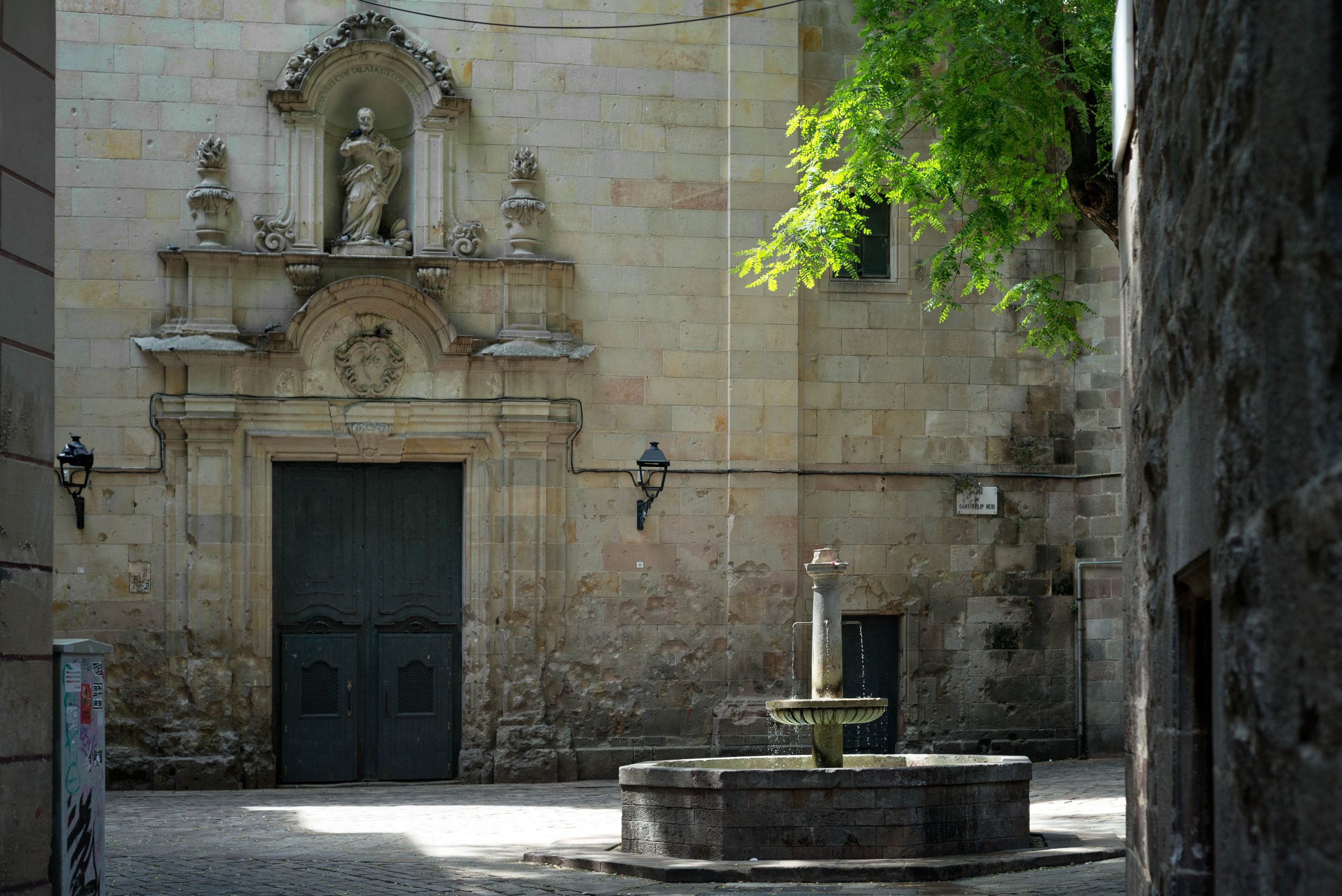

-
All of Gaudi’s projects were practice for the Sagrada Familia
You would think that building an enormous church was demanding enough, but Gaudi was a workaholic. He agreed to take on the Sagrada Familia the same year as Casa Batllo. Gaudi continued working on his masterpiece until his death. The Catalan visionary designed churches, luxury private houses and a residential park. Not only the building, but every part: Chimneys, balconies, windows, even twisted metal gates, stained glass and mosaic decoration. Every single one of these elements was an experiment that would be perfected with practice and incorporated into the Sagrada Familia, from the buttresses of his first Church of Colònia Güell, the bonelike effect of Casa Batllo’s balconies evident on the passion façade to the coloured mosaic tilework of Park Güell.
-
The Sagrada Familia will be the tallest church in the world
It may not be finished, but when the final Spire of the Sagrada Familia is complete it will beat a world record. At present, Ulm Munster in Germany is the tallest church in the world thanks to its 161.5 metre (530 ft) steeple. However, when the final pinnacle of the Sagrada Familia is complete, the spire dedicated to Jesus Christ, crowned by a cross will bring it to a staggering height of 172.5 metres (566 ft), 11 metres taller than the current record-holder!
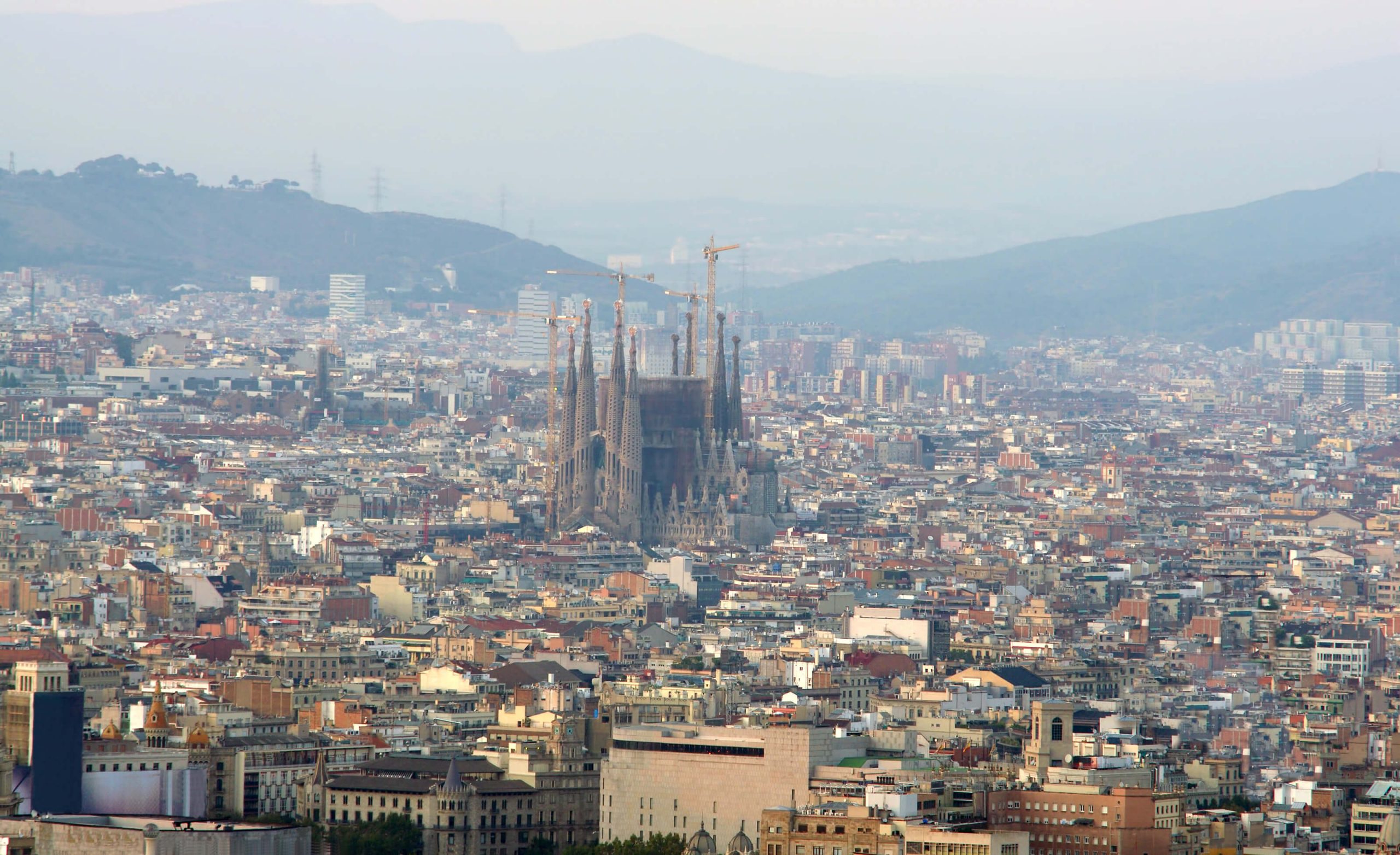
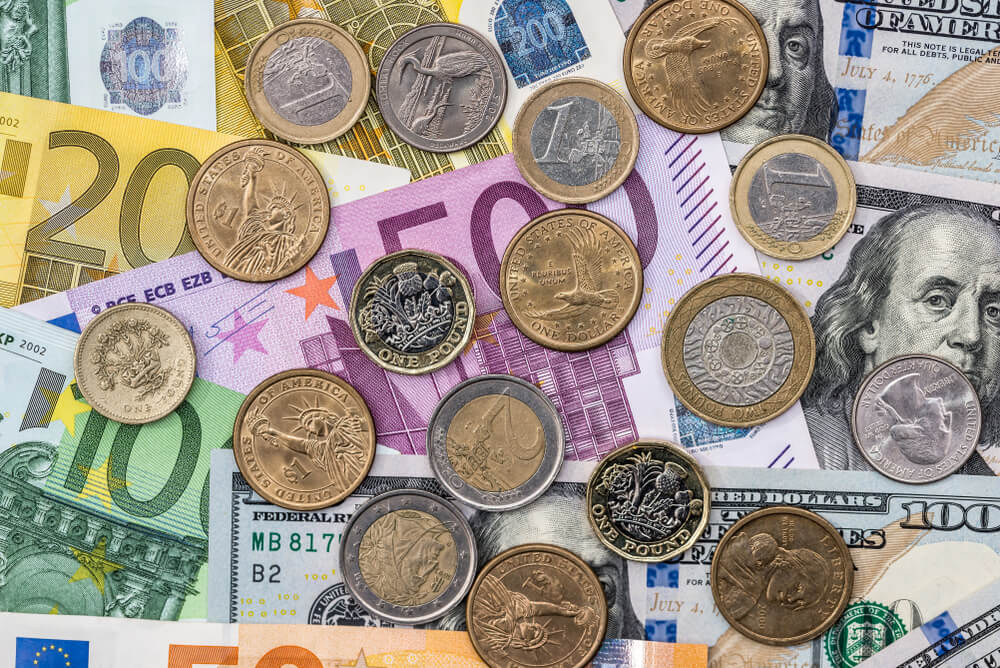
-
The Sagrada Familia was paid for by the public
Whilst it may seem impossible, the construction of the Sagrada Familia has been funded almost entirely from public donations.
From the outset the Sagrada Familia was commissioned by a religious order that initially relied on some private donations. But since then, it has been public donations and collections that have paid for the materials and construction. As the church climbed higher and gained worldwide recognition, donations poured in from around the globe to the ‘Friends of the Sagrada Familia’. Thanks to its worldwide acclaim it has become a tourist attraction, more than that, the most visited monument in Spain. Today, whilst donations still come in, it is public interest and ticket sales that have made the Sagrada Familia entirely self-sufficient.
-
The latest technology will complete the Sagrada Familia
Gaudi’s famous church is a masterpiece of design, but without the wizardry of engineering and technology it may never have come this far. When Gaudi designed his church, he had the most audacious idea, no straight lines, only organic shapes. His flying buttresses which required complex equations to balance compression and tension were pure mathematical genius. But as he left no diagrams or instructions, later architects and engineers have struggled to realise his ideas. As time passed, advances in technology have brought not only cranes and advanced construction techniques, but computers. Yet even top 3D modelling software could not recreate the complexities of Gaudi’s vision. In recent years the architects have made a breakthrough, they discovered that the latest Aeronautical Engineering design software could model the complex curves and twisted columns. Thanks to this incredibly sophisticated modelling it will finally be possible to finish Spain’s most famous church.
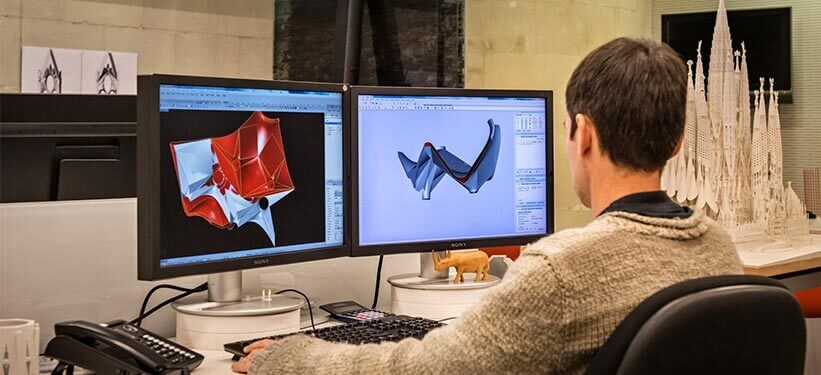
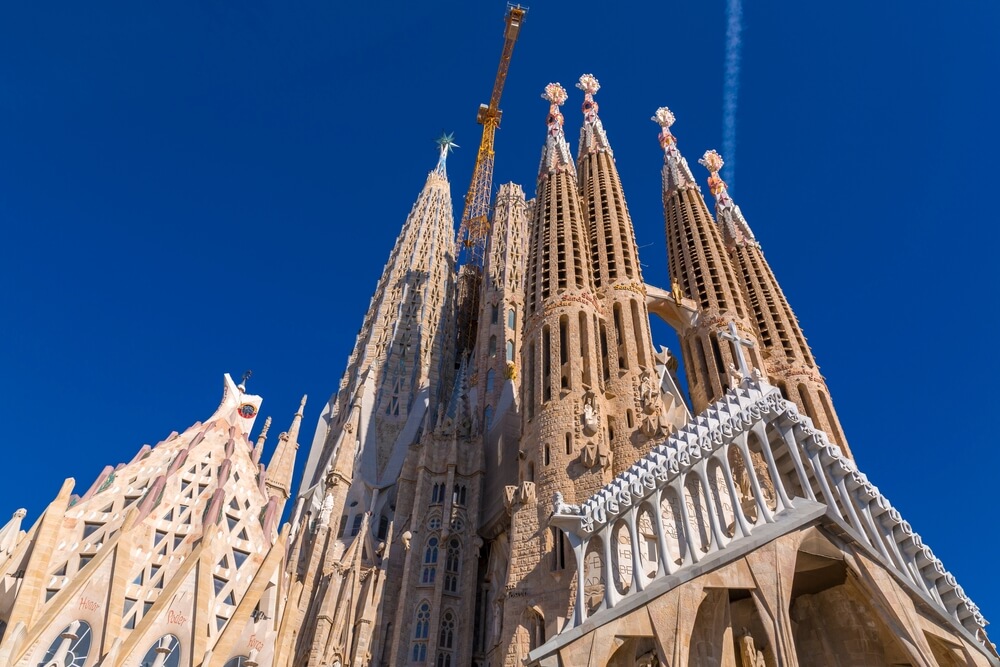
-
Pieces of the Sagrada Familia are from all over Europe
The construction of the Sagrada Familia has taken over 140 years, generations of architects and tradesmen have faced innumerable challenges trying to complete Gaudi’s magnum opus. One that became apparent in 1954 when work commenced on the passion facade was sourcing materials. The stone originally used for the church was local, from the Montjuic quarries. It has a characteristically tan colour and was chosen because of its proximity and high quartz content. It was in infinite supply, no-one ever imagined the materials to finish the project would dry up.
Over the decades, this stone has become scarce and the builders have had to make use of scavenged stone from other buildings. Some of the towers incorporated bricks where there was none. A whopping 1,000 square metres was recycled from the remodelling of the old Olympic stadium. Since then, efforts have been made to find variants of sandstone and granite from around the world that match their colour and physical properties of the original montjuic sandstone. The result is that stone from Galicia, Cantabria, England, Scotland and France have all contributed to help finish the Sagrada Familia.